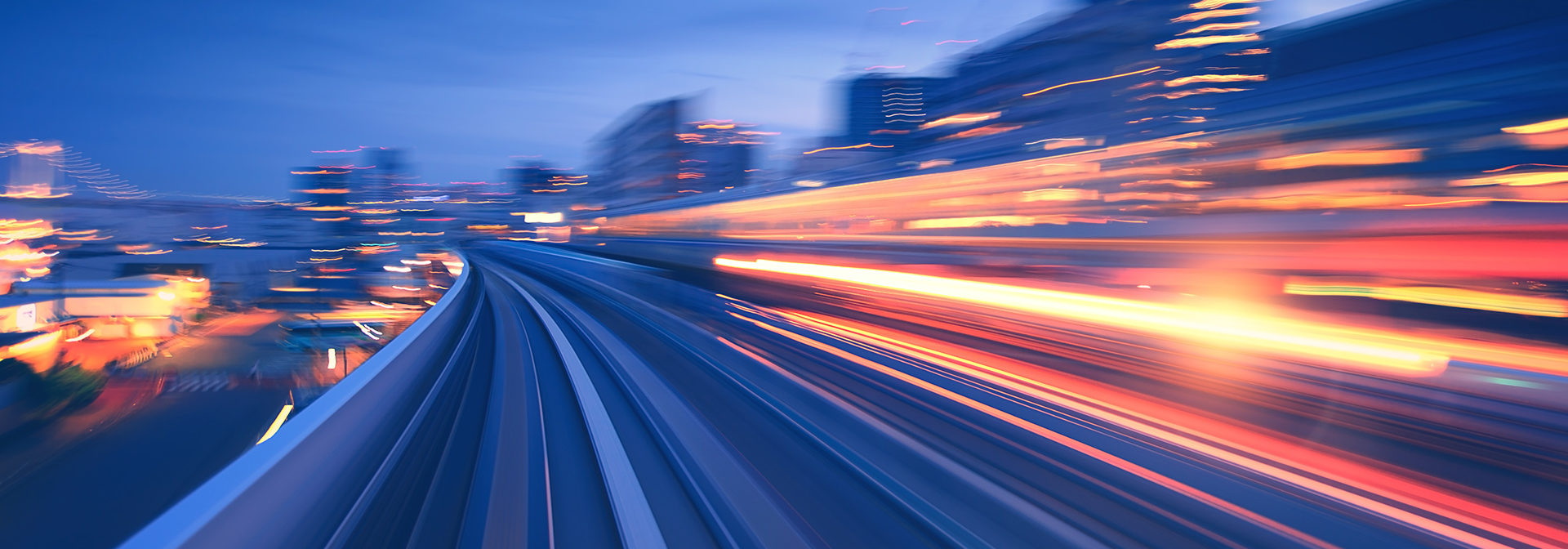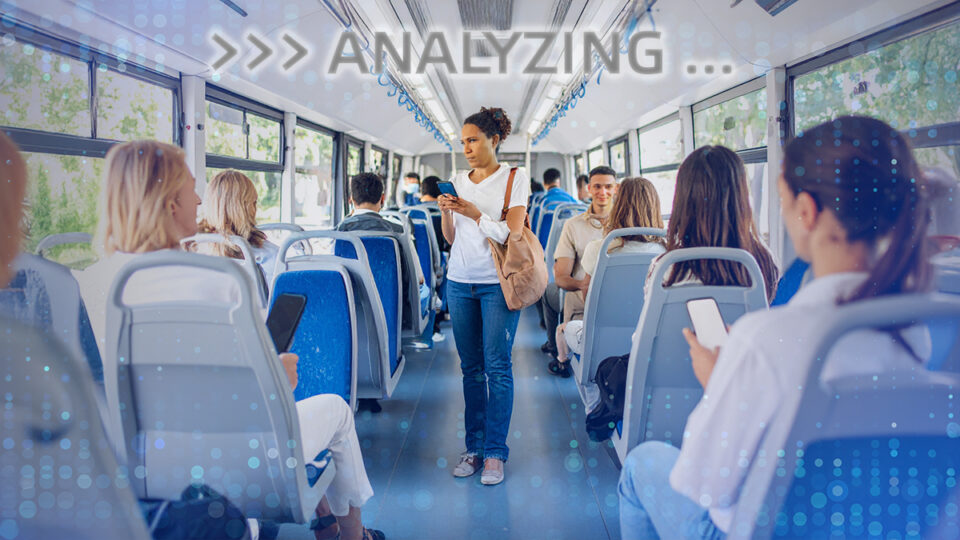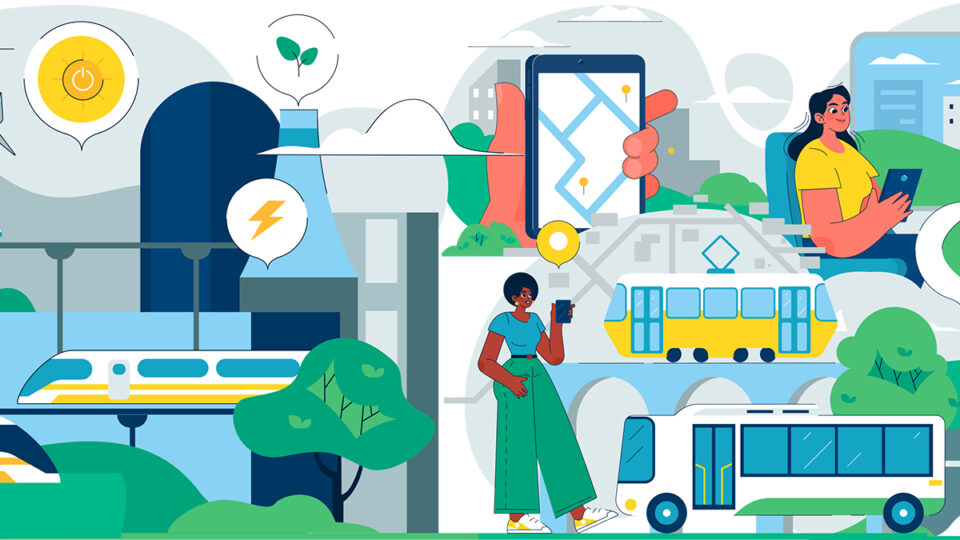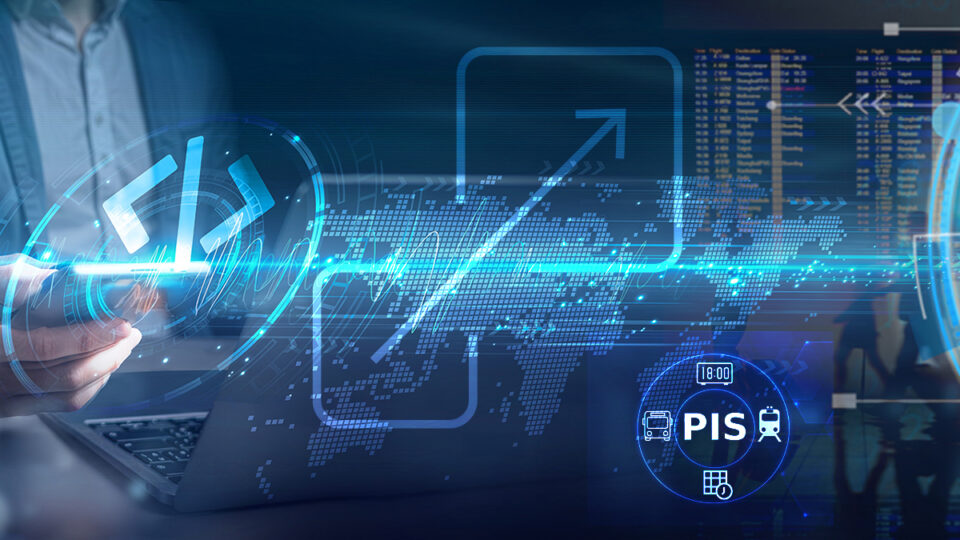
Technological trends that will reshape the railway industry
The past few years have been a truly insightful learning experience for us and the entire railway industry. During the pandemic, Teleste carried out several deployments and troubleshooting projects, many of which were accomplished remotely. Useful learnings came about out of these projects, many of which have now been adopted into new ways of working. On an end-user level, we’ve almost gone back to normal; ridership has returned to public transit systems, long-term investments have continued, and the hit that many feared for the industry never really came about. Industry trends that were already starting to shape before the pandemic are now rolling into action.
Three trends that will drive the future of the RSM industry
While the industry has had to adapt to a challenging operating environment in the short-term, long-term trends have continued, unwaveringly. In particular, we see three interconnected technological trends and environmental policies that are poised to provide entirely new business opportunities for the industry. These are:
1. Growing interconnected systems
In the past, trains and rails cars have essentially been autonomous information islands cruising on the tracks, with no real-time input and output to landside systems. This is about to change, driven by what modern passengers want and expect from their travel experiences. Steps towards a more connected passenger experience have been planned for several years, but we are now seeing these plans and ideas put into action. Modern rail cars are now being fitted with technologies that enable the train to be connected to a growing network of external landside systems, which will provide passengers with real-time information relevant to their travel. This can include video streams and news as well as travel, traffic, and weather information.
Many agencies are looking to provide their ridership with a unified passenger experience that starts from the moment they walk out of their home and glance at their personal mobile device. The same experience will continue with information displays at the stations and extend to onboard information systems. Operators will be able to deliver an excellent passenger experience from door to door.
2. Cybersecurity is no longer an afterthought
In the past, passenger information system software was created, deployed, and then approved by regulatory authorities, after which no one really wanted to touch it. Systems were not designed to be interconnected, to evolve or to be frequently updated. This approach made it possible to have systems physically tucked away in secure local environments, isolated from most external cyber threats.
In a connected world, physically siloing the hardware is no longer a possibility. Interconnected systems provide huge benefits, but they also open up new attack vectors for hackers and cyber criminals to take advantage of. During the past few years, cyber attacks have become more prevalent and more sophisticated. At the same time, public transit agencies have become lucrative targets for cyber criminals, with recents examples of North American agencies being disrupted with ransomware attacks.
Cybersecurity can no longer be an afterthought, and the industry has finally come to grips with these risk factors. Information security is now being taken very seriously with cyber threat prevention measures being factored into systems architecture starting from the design level. Cyber security will also open up entirely new business opportunities within the industry, including for hardening projects dedicated to older platforms that have been retrofitted with connected features.
3. Moving from dedicated hardware to server computing and virtualization
The industry is steadily moving away from dedicated hardware for its different systems and moving towards server computing and virtualization. In the near future, trains will be equipped with servers that are capable of multipurpose computing and virtualization. Consolidating multiple separate hardware solutions under one single server has numerous advantages including a decreased need for maintaining a plethora of dedicated devices. Virtualization also gives much more control over the devices remotely and it will provide much more agility in terms of updateability and expandability. It will also speed up the cycle at which software can and will be updated. Locomotive technology and systems will still be kept siloed for the benefit of safety and security, but passenger information systems will be more adept to evolve alongside changing end-user needs. We’re still not quite there yet, but this is something that is clearly on the way and is being planned for future deployments. Teleste is amid developing a new software product portfolio to meet the needs of virtualized environments. These product-based software solutions will be launched later this year.
Rail is the only mode of transport that is able to achieve economic growth whilst reducing its emission levels.
Leading the charge to achieve climate neutrality
In the longer term, we can expect even more technological advancements to be driven by the European Green Deal, which is a package of policy initiatives, aimed to make the European Union first climate-neutral continent by 2050. The transport industry has significant role to play as it is responsible for a quarter of the EU’s greenhouse gas emissions. Luckily the rail industry is in a good position to lead charge in this challenge, as rail is the only mode of transport that is able to achieve economic growth whilst reducing its emission levels. As an example, in the near future Hydrogen-driven locomotives will replace train routes that are reliant on Diesel engines, and battery-equipped electric trains are also being worked on. Both of these technologies will help transition the industry away from reliance on fossil fuels. Sustainable technologies will also provide entirely new market opportunities for business who are willing to invest in sustainable innovations – and we at Teleste, are definitely up to the task.
Jarkko Vehkala
Jarkko Vehkala
I’m heading the business line Rolling Stock Manufacturers at Teleste. My passion is to work closely with our customers to build environmentally friendly, safe and smart public transport infrastructure and services for today’s urban society.
See my LinkedIn.



